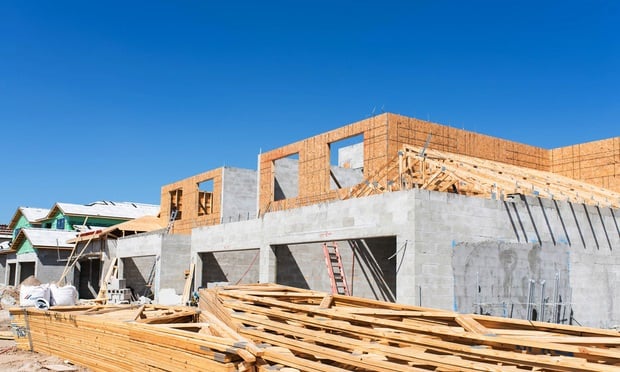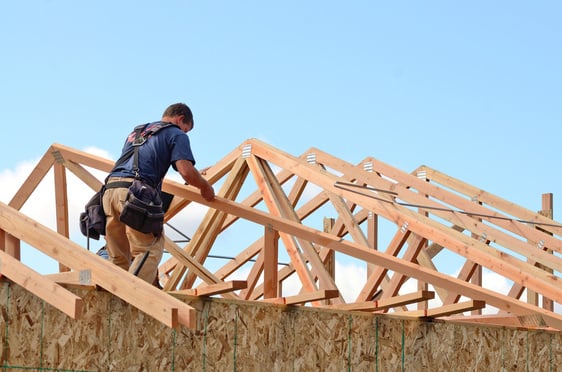NEW YORK CITY-From a “Tech Triangle” to a downtown multicultural arts district, city officials, developers and neighborhood institutions predicted that the future of Brooklyn’s real estate growth will be based in new clusters. “We need to embrace smart planning and see where industries are beginning to form,” said New York City Council Speaker Christine Quinn, who kicked off the Brooklyn Historical Society’s “Real Estate Roundtable” on Tuesday afternoon, a quarterly luncheon series dedicated to examining, analyzing and reviewing the critical issues in Brooklyn real estate. “We need to ask how we can see those clusters and then help them really grow in ways that are significant,” she added.
Quinn proposed that DUMBO, Downtown Brooklyn and the Brooklyn Navy Yard could emerge as a “Silicon Valley of the East” based on its potential for high-tech job growth and strong existing infrastructure. “We could make a very powerful Brooklyn tech triangle,” she said, explaining that transportation issues and other zoning concerns would need to be mitigated, but said it wouldn’t be impossible. “Look at Hudson Yards. It wasn’t easy to create a whole new neighborhood on the West Side of Manhattan, it wasn’t easy to expand the 7 train outside of the MTA’s capital budget through the economic downturn, but we did it,” Quinn added. “If we want to create neighborhoods that are real clusters that have the potential for tech to grow and boom and make New York the tech capital of the world, we can do this.”
And with the resurgence of neighborhoods like Williamsburg, Flatbush, Bushwick, Gowanus and Ditmas Park, Brooklyn has been recognized nationally as “the coolest place to live in America” by GQ Magazine. The borough’s emergence as an arts and cultural hub has also played a role in its future planning efforts. Karen Hopkins, president of the Brooklyn Academy of Music, said the master plan for BAM Cultural District is coming to life through the development of mixed-income housing, affordable rehearsal and performance space and new entertainment facilities. “There used to be a tremendous struggle to get people over the bridge,” Hopkins said. “At that time, we didn’t have the artist population that we now have.”
With a $50 million annual budget and approximately 600 employees, Hopkins described BAM as a cultural and economic force driving Brooklyn’s growth. Just months ago, officials recently broke ground on the 27,500-square-foot, 299-seat Theater for a New Audience on Ashland Place. “It always amazes me why arts are so undervalued in terms of what they bring neighborhoods and what they bring cities,” she said, explaining that BAM generates tourism, stimulates economic development, encourages education and celebrates architecture. “As real estate professionals, I urge you to take a hard look at this because I really believe that arts and cultural institutions such as BAM really make a difference in the value of your own properties and really make a difference in the quality of life in urban settings,” Hopkins said.
And with more people coming to Brooklyn to attend events and visit cultural institutions, some are working to fill the void in the hospitality market here. Fresh off leasing up 25 Washington St., Jed Walentas, vice president of Two Trees Management Co., is developing a hotel at 80 Wythe Ave. in Williamsburg that is set for completion in spring 2012. “It is a bit of a risk,” he said, noting that the hotel will be dependant on a food, beverage and entertainment component.
As a result, the uptick in population and tourists has lead to energy increases as well. David Gmach, public affairs director at Con Edison, said at peak demand, power use in Brooklyn has grown by 36% in 20 years, more than a third of electricity consumption during that period. “This has occurred because of three things: many of new developments, revitalization of neighborhoods and then an increase in usage,” he said. “The good news is that the infrastructure that Brooklyn has is well-suited for that in terms of supply."
Want to continue reading?
Become a Free ALM Digital Reader.
Once you are an ALM Digital Member, you’ll receive:
- Breaking commercial real estate news and analysis, on-site and via our newsletters and custom alerts
- Educational webcasts, white papers, and ebooks from industry thought leaders
- Critical coverage of the property casualty insurance and financial advisory markets on our other ALM sites, PropertyCasualty360 and ThinkAdvisor
Already have an account? Sign In Now
*May exclude premium content© 2024 ALM Global, LLC, All Rights Reserved. Request academic re-use from www.copyright.com. All other uses, submit a request to [email protected]. For more information visit Asset & Logo Licensing.








